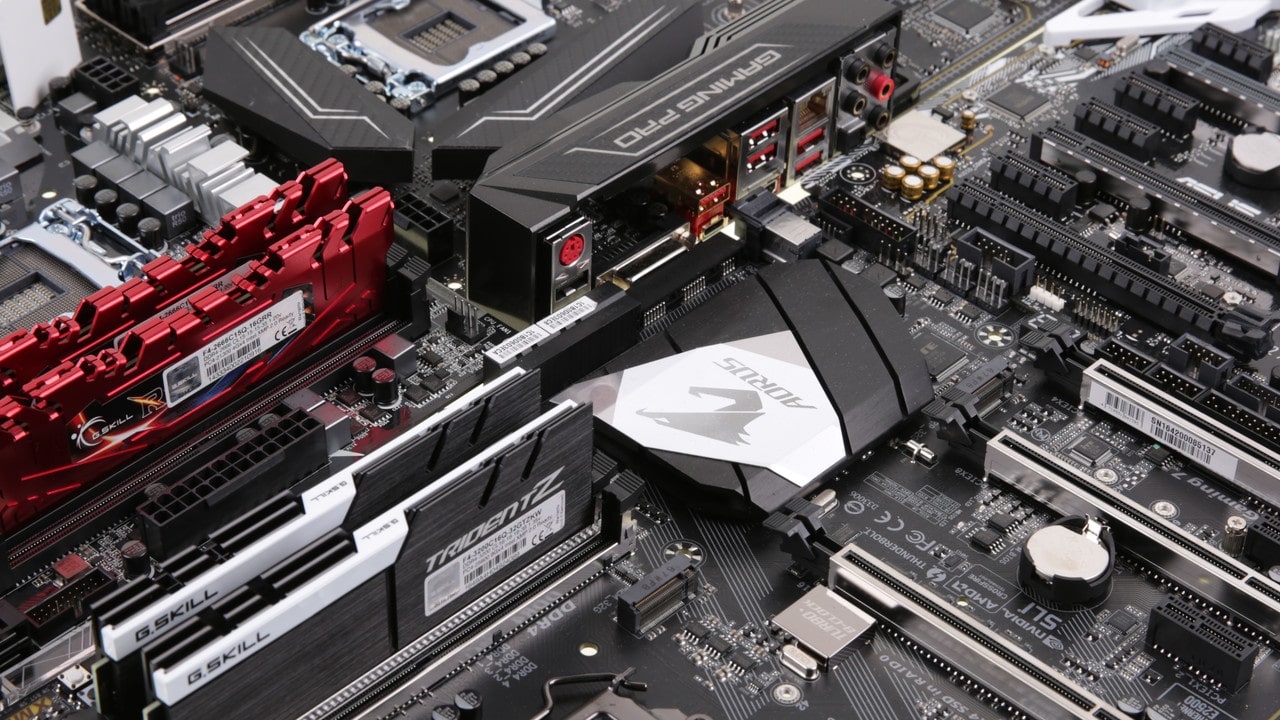At the same time as the Kaby Lake processors, Intel is introducing five new desktop chipsets. BitcoinMinersHashrate takes a look at four mainboards with the new Z270-PCH, which mark the spearhead in the classic desktop. ASRock, Asus, Gigabyte and MSI each provided one of their first solutions for the test.
New year, new motherboards
New motherboards, there are every year. But it rarely starts as early as this year: At CES 2017, all manufacturers are forced to present their innovations due to the launch of the Intel Kaby Lake processors in the desktop. On the basis of five new desktop chipsets and an additional three new models for the mobile segment, the mainboard specialists can advertise their products from today and of course also sell them.
At the start of the new platforms, BitcoinMinersHashrate takes a first look at four main boards of the four industry giants ASRock, Asus, Gigabyte and MSI. The Z270 chipset was always used as the best home PC variant, which will be available from all manufacturers in a wide variety of models in just as many price ranges.
An overview of the new chipsets
With Kaby Lake, Intel's new generation of chipsets in the 200 series is coming. There are no major innovations compared to the predecessors. Rather, what has been tried and tested will be expanded somewhat. For example, Intel has donated four additional universal high-speed I / O lanes (HSIO) to the new flagship Z270, which form the basis for all connections and can be configured individually for various tasks. Similarly, the maximum number of PCIe 3.0 lines increases from 20 to 24. Although the H270 also has 30 HSIO lanes, only up to 20 PCIe 3.0 lanes are possible there – this differentiation also applies to the predecessors by name.
Optane Ready! And now?
Another innovation is basically the support for Intel's Optane-Memory technology. This is based on storage solutions based on the new 3D XPoint storage technology, which Intel developed together with Micron. However, there is still uncertainty as to what is meant by the Optane support in detail. "Memory" suggests Optane DIMMs, but the wording in Intel's documents also fits Optane SSDs, which are actually expected first for the consumer platform. The editorial team is still waiting for answers from Intel on numerous questions in this regard.
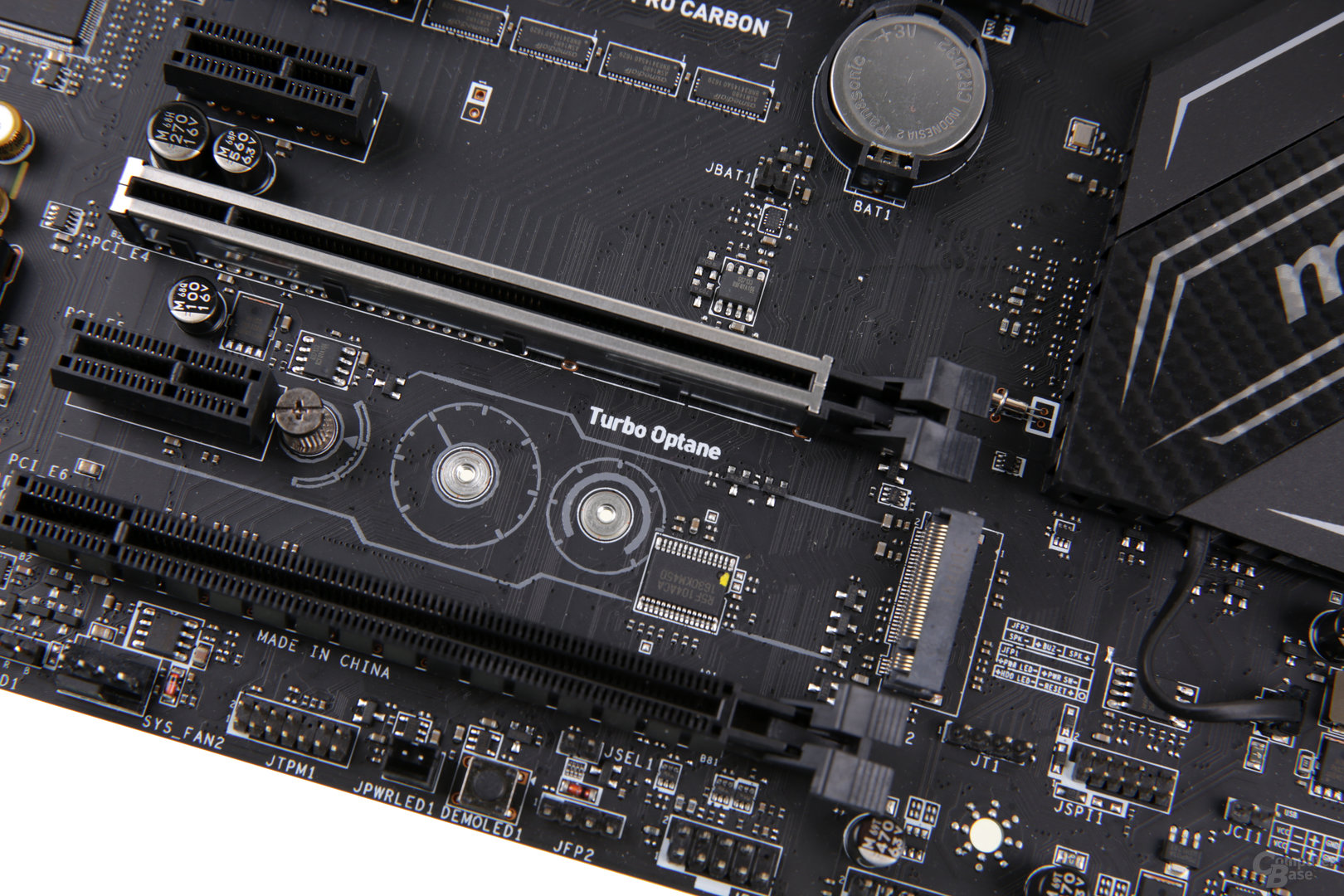
It also remains unclear whether older platforms will fundamentally not support Optane products. The only thing that is currently clear is that Optane is late: The SSDs originally announced for the end of 2016 should only be released this year. No new date was officially announced, but some sources only spoke of the second quarter of 2017.
It is still likely that Intel will initially launch small SSDs as cache solutions with little storage capacity. Details of M.2 modules from the Optane Memory 8000p series with 16 and 32 GB had already been leaked in October.
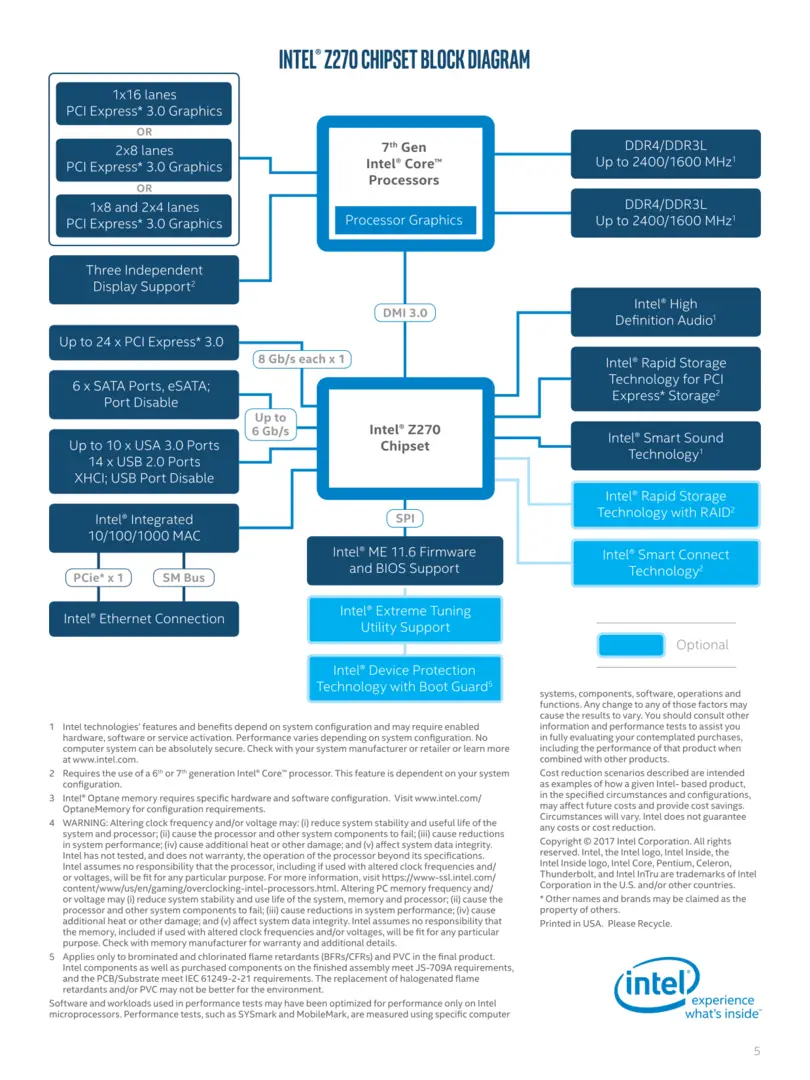
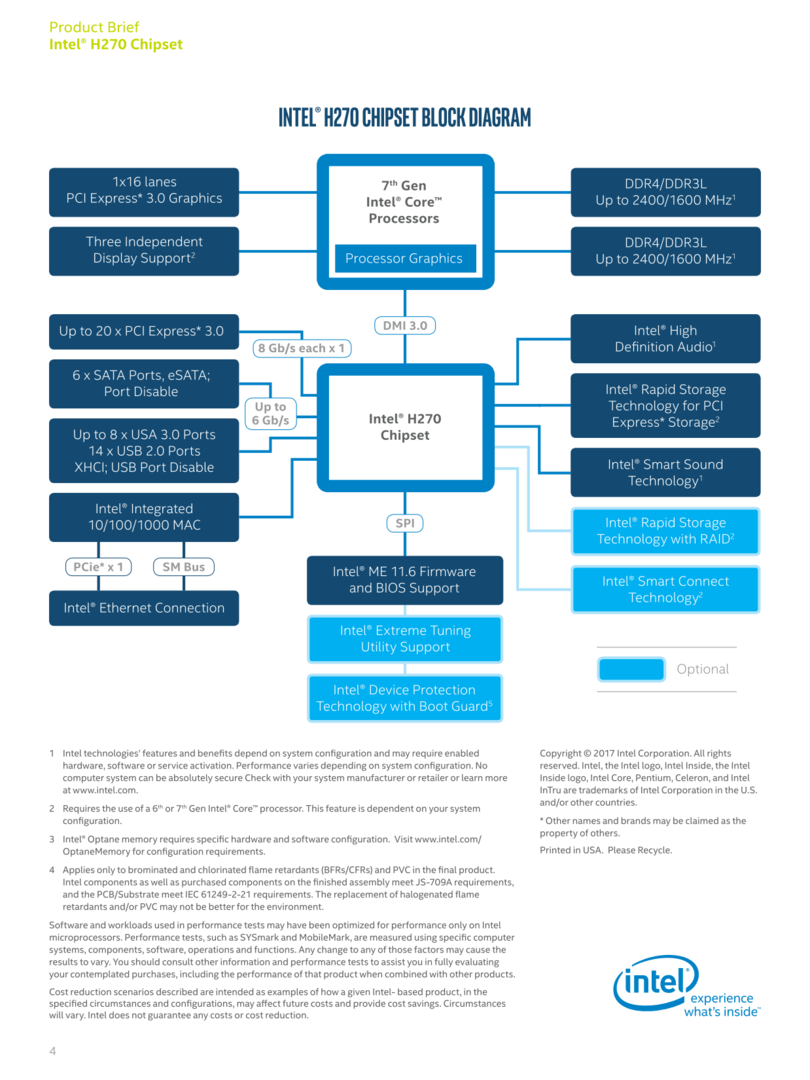
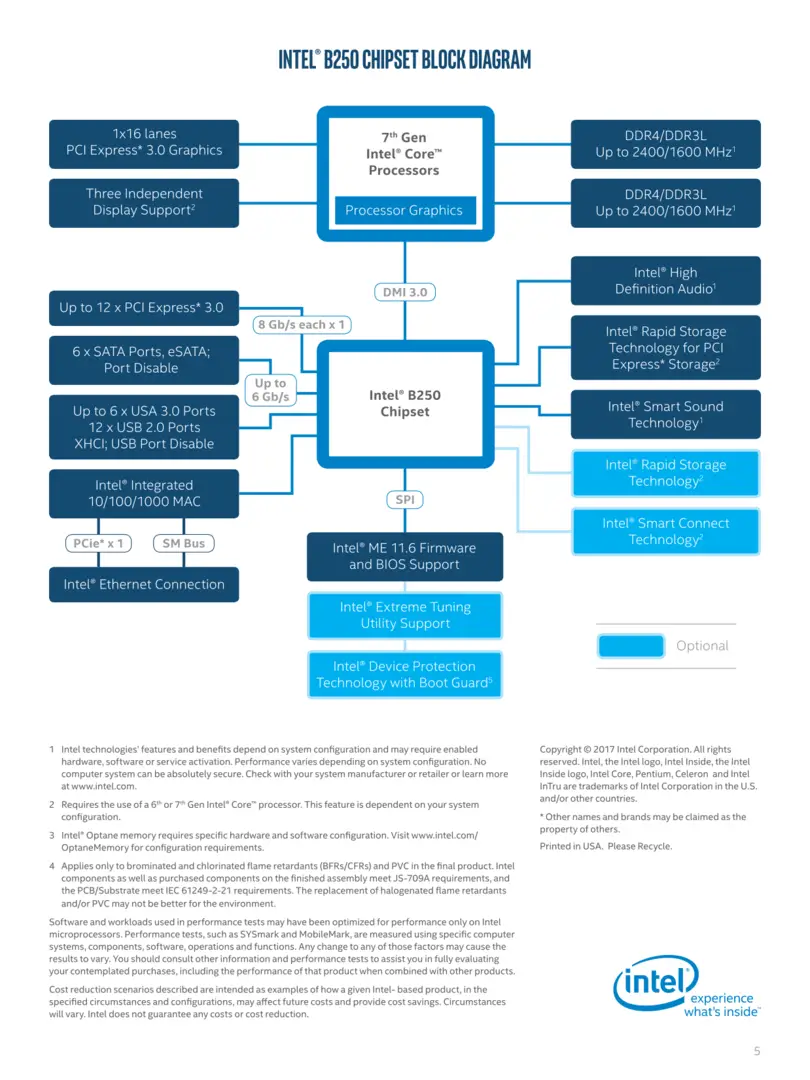
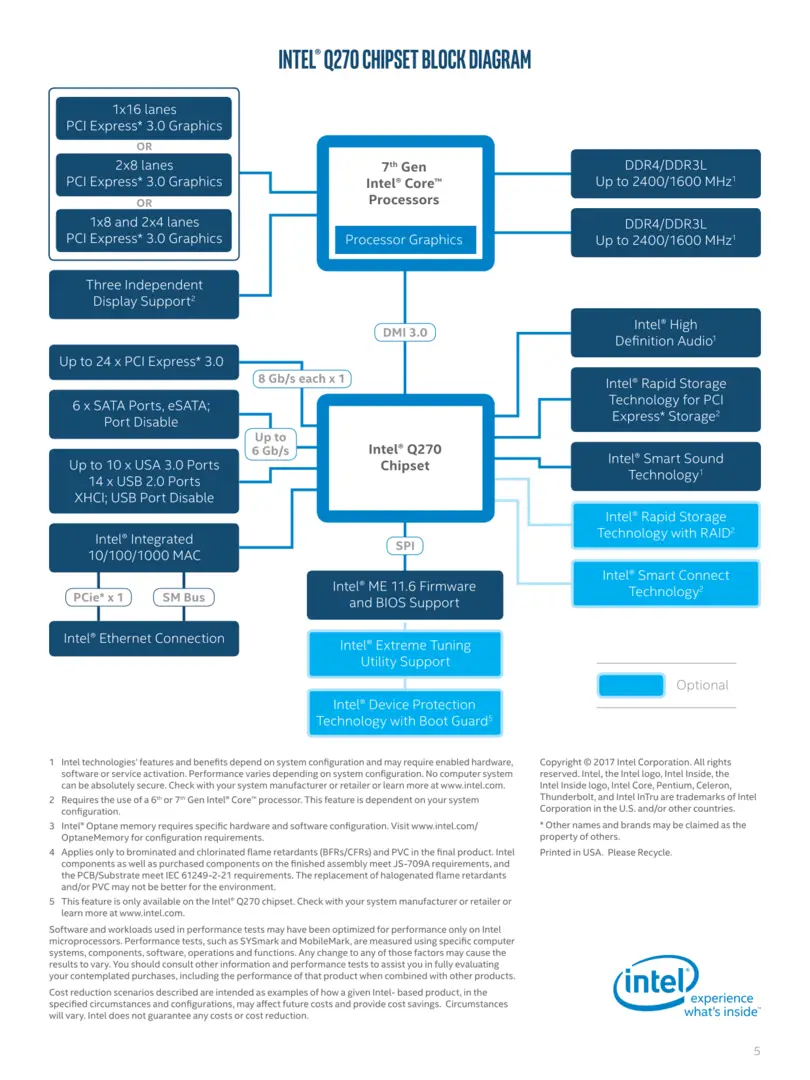
On the next page: Four Z270 boards under the microscope





